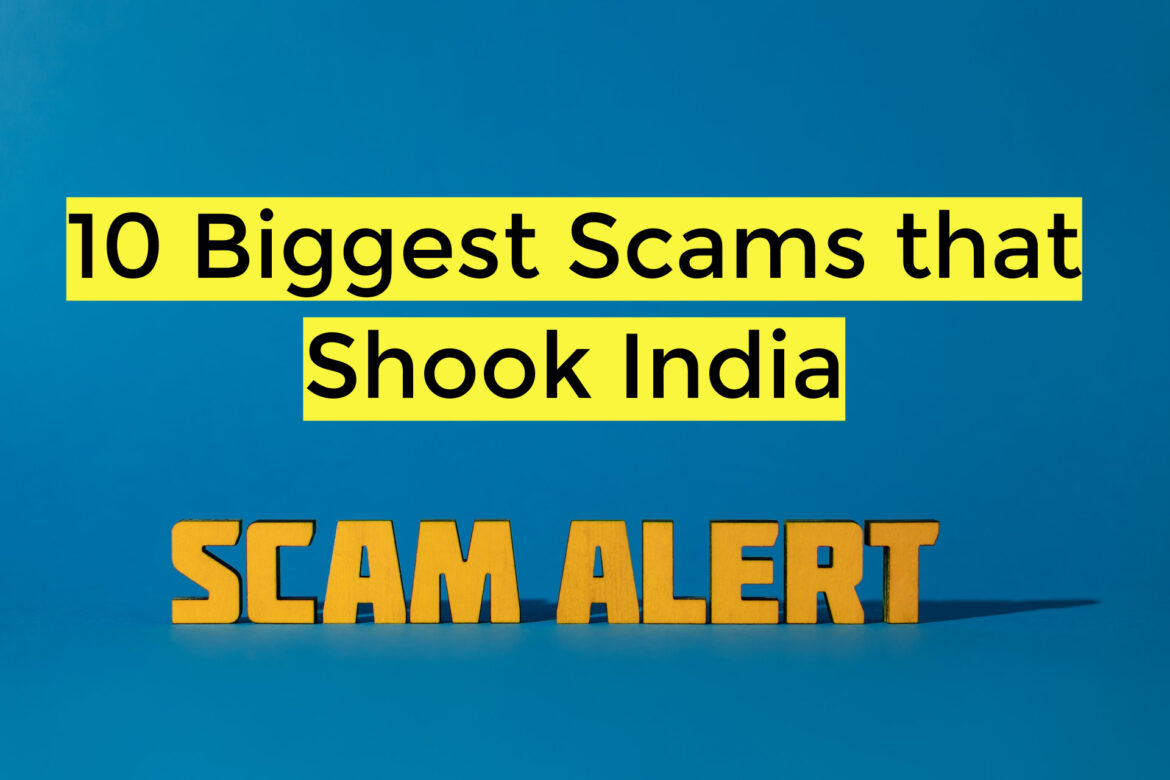India, a land of diverse cultures and rich heritage, has unfortunately been marred by several scams throughout its history. These fraudulent activities have not only drained the nation’s economy but also shattered public trust in institutions. In this article, we will delve into the ten most significant scams that have left an indelible mark on India’s socio-economic landscape, exploring their origins, implications, and the lessons learned.
1. Harshad Mehta Scam (1992):
One of India’s first major financial scams, the Harshad Mehta Scam, revolved around stock manipulation in the Bombay Stock Exchange. Stockbroker Harshad Mehta cleverly used forged bank receipts to buy shares, artificially inflating their prices, and siphoning off crores of rupees from banks. The scam eventually led to a collapse of the stock market, wiping off billions from investors’ portfolios, and resulted in severe financial repercussions for the nation.
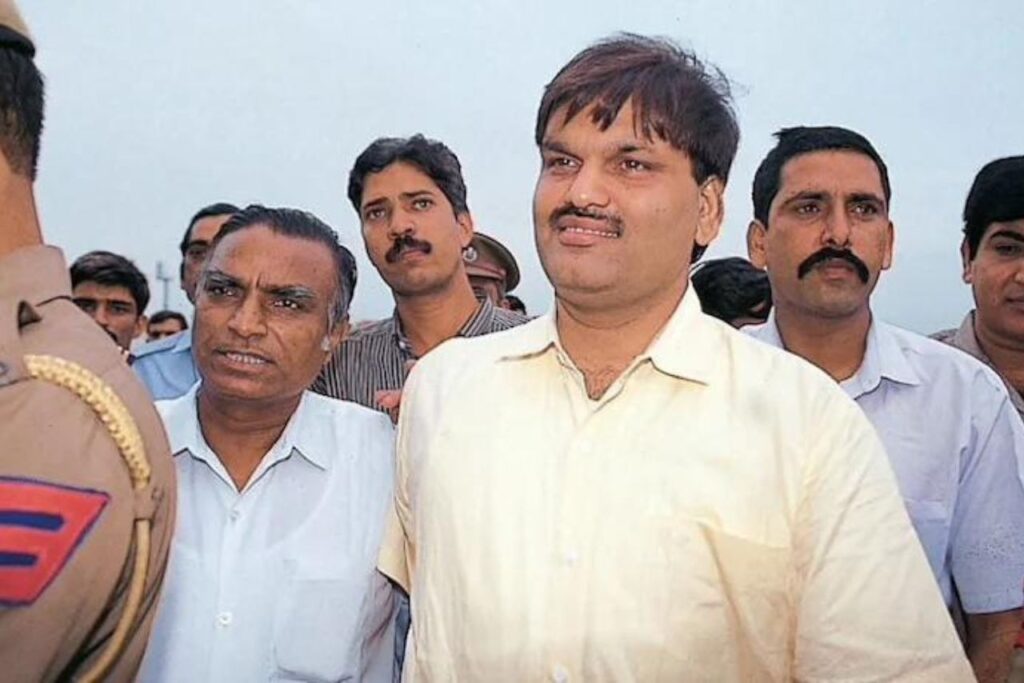
The Harshad Mehta Scam exposed the vulnerability of India’s financial sector and shed light on the lack of effective regulatory oversight. It prompted the government to strengthen the regulatory framework and led to the establishment of the Securities and Exchange Board of India (SEBI) to monitor and regulate the securities market more efficiently.
2. Telgi Scam (2002):
The Telgi Scam was one of the most extensive counterfeit stamp paper rackets in India’s history. The mastermind, Abdul Karim Telgi, operated a sophisticated network that produced fake stamp papers and sold them across various states, causing a loss of thousands of crores to the exchequer. The scam involved bribery and collusion with government officials and exposed glaring loopholes in the administrative system.
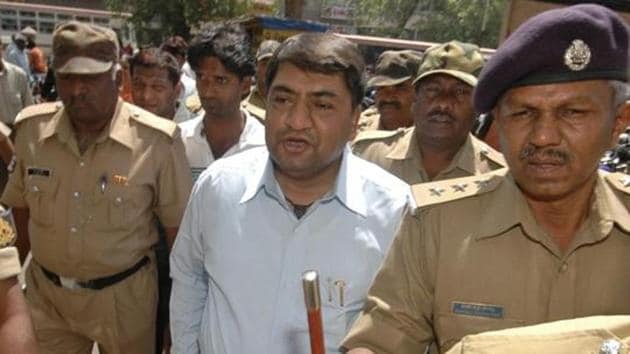
The Telgi Scam highlighted the urgent need for administrative reforms and a more transparent bureaucracy. It also emphasized the necessity of improving security features on essential documents to prevent counterfeiting and fraud.
3. Satyam Scam (2009):
The Satyam Scam shook the Indian IT industry to its core. Chairman Ramalinga Raju manipulated the company’s accounts to show inflated revenues and non-existent cash reserves, resulting in a massive Rs. 7,136 crore fraud. The scandal severely impacted Satyam’s reputation and jeopardized the trust investors had in corporate governance and financial reporting.
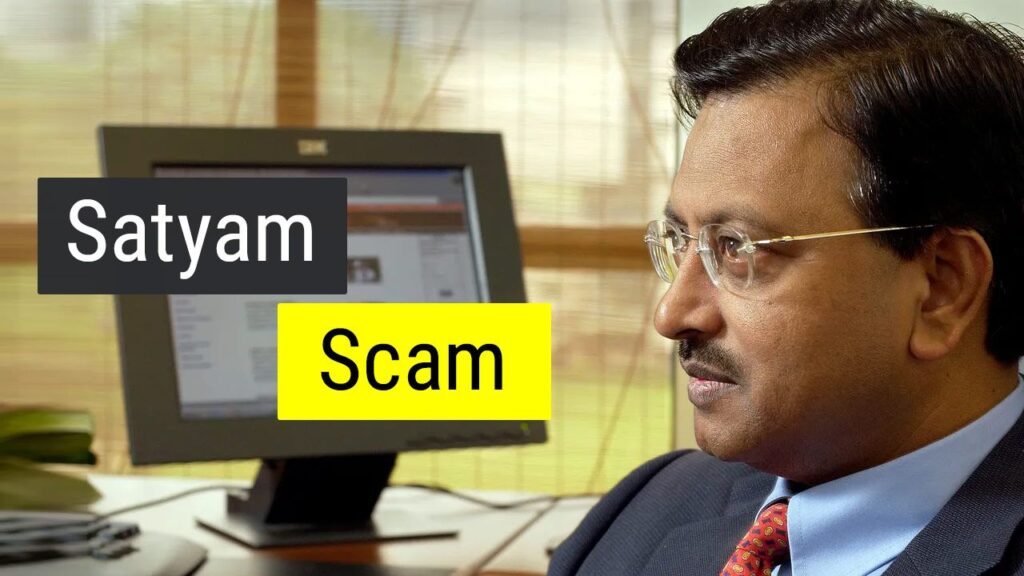
In the aftermath of the Satyam Scam, the government introduced significant reforms in corporate governance and financial reporting practices. SEBI tightened regulations and monitoring of listed companies, and auditing standards were strengthened to prevent such fraudulent activities in the future.
4. 2G Spectrum Scam (2010):
The 2G Spectrum Scam stands as one of the most infamous scams in Indian history, involving irregularities in the allocation of 2G licenses. Politicians and business leaders colluded to grant licenses to ineligible companies at throwaway prices, causing a loss of approximately Rs. 1.76 lakh crore to the government. This scandal exposed deep-rooted corruption within the telecom sector.

The 2G Spectrum Scam led to a public outcry for transparency and accountability in governance. It prompted the Supreme Court of India to cancel 122 licenses and ordered a fair and transparent auctioning process for spectrum allocation in the future.
5. Commonwealth Games Scam (2010):
The Commonwealth Games held in Delhi were supposed to showcase India’s organizational capabilities, but they ended up exposing a massive scam. Funds allocated for the event were embezzled, with inflated bills for equipment and infrastructure. The misappropriation of funds amounted to thousands of crores, tarnishing India’s image on the global stage.
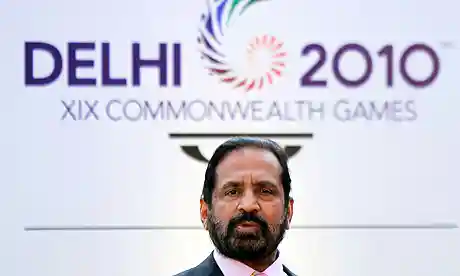
The Commonwealth Games Scam highlighted the lack of transparency in organizing such events and called for better oversight and accountability in the use of public funds for mega projects.
6. Coal Allocation Scam (2012):
The Coal Allocation Scam, also known as “Coalgate,” involved irregularities in the allocation of coal blocks by the government. The Comptroller and Auditor General (CAG) estimated a loss of around Rs. 1.86 lakh crore due to the arbitrary allocation process. This scandal raised serious questions about the transparency and accountability of the government in handling valuable natural resources.

The Coalgate scandal triggered public outrage and demands for an end to the discretionary allocation of natural resources. The government introduced e-auctions for coal block allocations to ensure fairness and transparency.
7. Vyapam Scam (2013):
The Vyapam Scam was a massive admission and recruitment racket in Madhya Pradesh, involving government exams and medical entrance tests. Candidates bribed officials to manipulate exam results and secure admissions to prestigious institutions. The scam claimed several lives under mysterious circumstances, raising concerns about witness protection and the safety of whistleblowers.
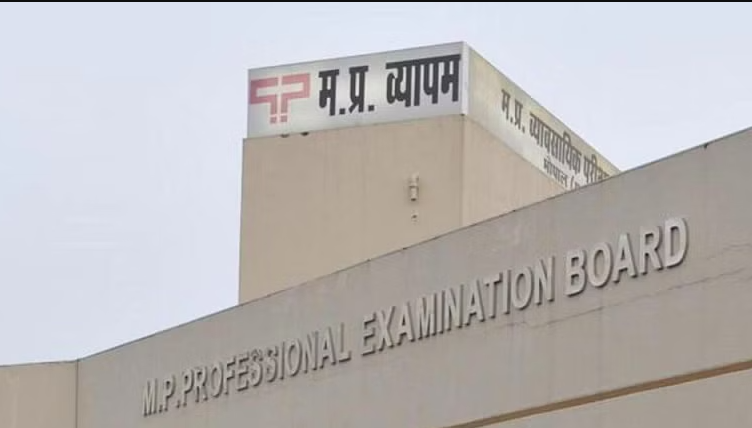
The Vyapam Scam brought to light the dangers faced by those who try to expose corruption. It underscored the need for a robust whistleblower protection mechanism and a more effective anti-corruption infrastructure.
8. Punjab National Bank (PNB) Scam (2018):
The PNB Scam, also known as the Nirav Modi Scam, was one of the largest banking frauds in Indian history. Renowned jeweler Nirav Modi, along with his associates, fraudulently obtained credit guarantees from PNB to secure overseas loans. The scam amounted to a staggering Rs. 14,356 crore, exposing weaknesses in the banking system’s oversight and internal controls.
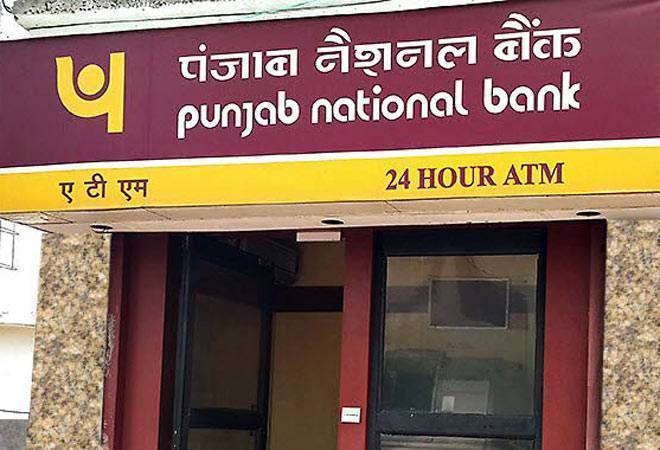
The PNB Scam prompted the Reserve Bank of India (RBI) and other regulatory bodies to review and strengthen their supervisory mechanisms. The incident also highlighted the need for better coordination between banks and regulatory authorities to prevent similar frauds.
9. IL&FS Scam (2018):
Infrastructure Leasing & Financial Services (IL&FS), a major infrastructure development and finance company, collapsed under the weight of its own debts. Mismanagement and fraudulent practices within the organization led to a financial crisis and triggered a series of defaults, affecting various sectors of the economy.

The IL&FS Scam exposed weaknesses in India’s financial sector, particularly in the non-banking financial company (NBFC) segment. The crisis prompted the government to reevaluate the regulation and oversight of NBFCs to avoid systemic risks.
10. Yes Bank Crisis (2020):
The Yes Bank Crisis unfolded in 2020 when the private sector bank faced a severe liquidity crisis due to mismanagement and fraudulent activities. The bank’s founder, Rana Kapoor, was accused of financial irregularities and questionable lending practices. The crisis led to the imposition of withdrawal limits on depositors and raised concerns about the stability of other banks.

The Yes Bank Crisis highlighted the need for better corporate governance and risk management practices in financial institutions. It underscored the importance of ensuring the independence and competence of board members to prevent conflicts of interest and unethical practices.
Conclusion:
The 10 biggest scams in India paint a grim picture of corruption, greed, and weak regulatory mechanisms. These scams have had far-reaching consequences, not only in terms of financial losses but also in eroding public trust and confidence in the nation’s institutions.
While each of these scams has exposed systemic vulnerabilities and prompted reforms, it is crucial for the government and regulatory bodies to remain vigilant and continue implementing stringent measures to prevent such scams from recurring. Transparent governance, robust regulatory oversight, and effective enforcement of laws are essential to restore faith in India’s financial and administrative systems.
As citizens, it is equally crucial for us to be vigilant and demand accountability from our leaders and institutions. Only through collective efforts can we build a resilient and
